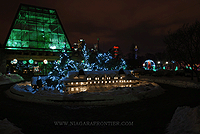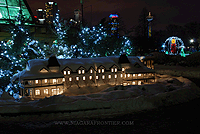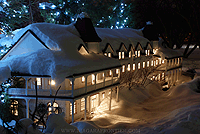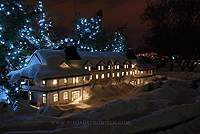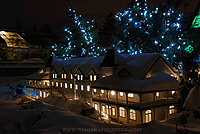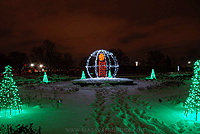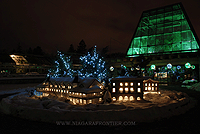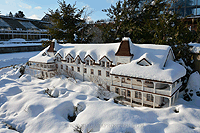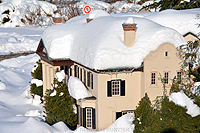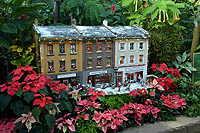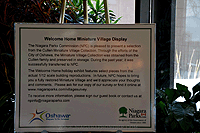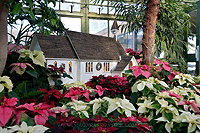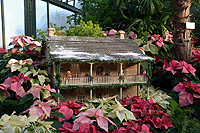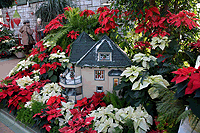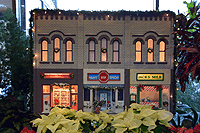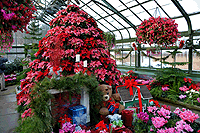

Poinsettia Flower
Display
December 2014


Chrysanthemum Display
November 2014



Seasonal Floral Displays
Mid January to Easter - Primula, Calceolaria,
Cyclamen, Schizanthus, Forced Spring Bulbs, Shrubs
Easter Display (Easter Weekend -lasting 2-3 weeks)
- Easter Lilies, Schizanthus, Forced Spring Bulbs
Hydrangea Show (May) - Hydrangeas, Delhiniums,
Foxgloves
Regal Geranium Show (June) - Regal Geraniums,
Fuchsia, Caladiums
Summer Show (July to Mid September) - Geraniums,
Coleus, Mixed Annuals, Tropicals
Reiger Begonia Show (Mid September - October) -
Reiger Begonias, Coleus
Chrysanthemum Show (November) - Cascade,
Exhibition and Bush Chrysanthemums
Christmas Show (December) - Poinsettias, Cyclamen,
Azaleas, Christmas Cactus
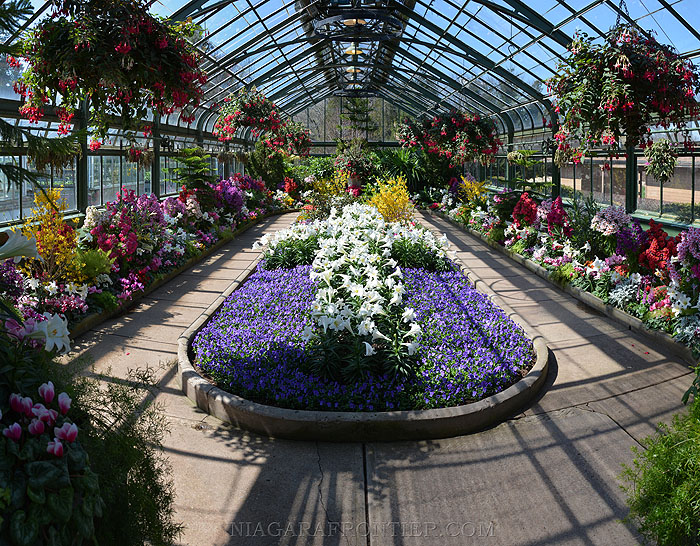
Floral Showhouse - Easter Display (2014)
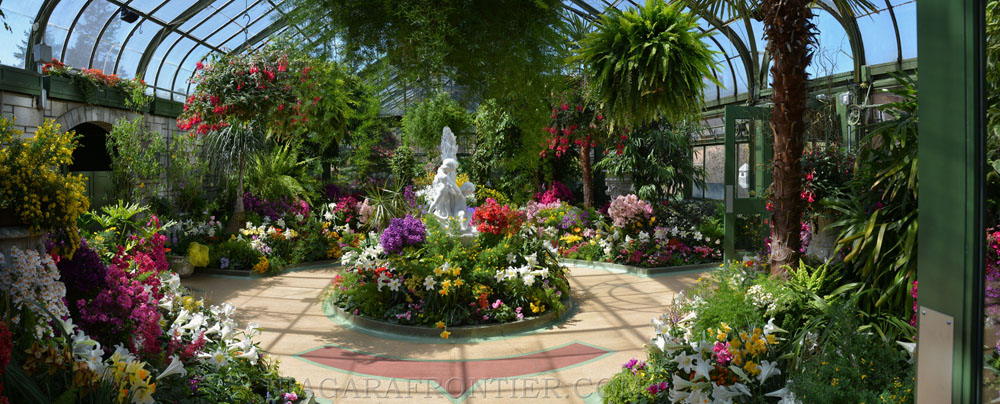
Floral Showhouse - April 2014

Floral Showhouse - December2013
The Niagara Parks Commission
Floral Showhouse is located at 7541 Niagara River Parkway. It is approximately ¼ mile south of the Table Rock
Pavilion and the Horseshoe Falls, directly opposite from the former Toronto
Power Station. It is open daily from 9:30 a.m. to 5 p.m.
The mainspring of any park development lies
in its system of greenhouses. These structures with roofs and sides of glass to
permit the passage of sunlight and heated to a temperature most conducive to the
growth of flowers are used as propagating houses, forcing houses and
conservatories. They are the center from which all gardener activities radiate
in addition to supply plant material, may provide a source of pleasure and
education to the general public. In proportion the growth of the parks system
has been the need for adequate greenhouse equipment to meet the ever-increasing
demand for bedding and decorative plants, and the propagation of nursery stock.
The Commissioners of the Queen Victoria
Park required a large amount of numerous high quality plant species for development of
Queen Victoria Park. This plant/flower supply was not commercially available.
In 1894, two small wooden framed greenhouses
were erected in Queen Victoria Park, directly opposite the Electrical
Development Company (former Toronto Power Station). Both buildings were used by
the Niagara Parks Commission as a source for annual flowers and for the
production of tropical exhibition plant material. These were no more than
forcing and propagating houses.
In 1896, the park superintendent strongly
recommend the construction of a suitable greenhouse for the display of delicate
and winter blooming plants and to which the public should have free access.
During 1897 and 1898, a small heated conservatory 60 feet long by 20 feet wide,
was undertaken along with an additional propagating house and a fernery. While
these facilities proved adequate for approximately a decade, by 1909 the need
for further accommodation had become apparent.
By 1909, plans for a new system of
greenhouses were prepared but the commissioners halted the project before
construction began. The only site suitable site for the proposed development lay
in the southerly portion of Queen Victoria Park, which for some years past had
been constantly under construction by the nearby power companies. The Ontario
Power Company had only completed constructed of one of three conduits provided
for in their franchise. The remaining two pipelines had yet to be constructed.
Because of the uncertainty involved, the commissioners finally decided that the
time was not opportune for the erection of a new and modern greenhouse plant.
In 1909, as a temporary measure, two wooden
structures measuring 28 feet by 40 feet were added to the existing building. The
commissioners thought it was somewhat ironical whereby the very power
developments, without which the park would not have been able to afford the new
greenhouses, should have become the means of preventing them from attaining that
goal.
Year after year, the old buildings were
repaired and in 1921 another temporary addition became unavoidable.
In 1930, the last conduit of the Ontario
Power Company was finally completed amidst the severe economic depression, which
for some years had discouraged the commissioners from undertaking of expensive
projects. Plans for new greenhouses were revived shortly before the Second World
War only to be shelved on the outbreak of that conflict.
In the early 1940's the oldest section
of the greenhouse collapsed injuring one of the gardeners.
In 1945, the construction of the modern
greenhouses was commenced on the site midway between the old greenhouses and the
Canadian Niagara Power Company Generating Station. The new facilities which
included 11,000 square feet of glass expanse in the work room area with 3,000
square feet of bulb storage. Construction of the new greenhouse complex was not
without its problems as excavations for the basement and boiler were hampered by
shallow bedrock and large river boulders, some weighing up to five and 6 tons.
Dynamite was used to blast away these obstructions. The new greenhouses were
ready for opening on November 6 1946.
As the parks increased in size, more and more
flowering plants were required to beautify the area. This necessitated the
construction of several small growing houses that were attached to the existing
complex. These facilities sufficed until 1909 when it was necessary to add to
the existing buildings. In the early 1940s, a section of one of the oldest
greenhouses collapsed seriously injuring a gardener. Due to World War II,
construction materials were at a premium consequently rebuilding was delayed.
Finally in 1945 the commission constructed a new modern 11,000 square-foot
conservatory, complete with growing houses, work rooms and public washrooms. The
entire complex was centrally heated with hot water and boasted one of the first
game soil pasteurizers. The latter was instrumental in reducing soil borne plant
diseases and insects as well as eliminating unwanted weed seeds.
In 1947, the grounds around the new
greenhouses were suitably landscaped when the Government of Holland presented
several carloads of shrubs to the commission as an expression of gratitude to
the Canadian people, a large group of Azaleas and Rhododendrons in the shipment
was planted in front of the greenhouses. This location was not favourable to
these plants which required acidic soil, shelter from the wind and partial
sunshine. The Rhododendrons and Azaleas were therefore move more suitable
locations within the park system in 1955 and replaced at the greenhouses by 2000
rose bushes which were the generous gift of Holland.
In 1951, two mortar units each 25 feet by 50 feet in size were added. The
planned quadruple layout of the greenhouses was complete. An attractive rockery
and Lily Pond was built in 1955 to form the initial feature of the
conservatories, which included display, tropical and propagating houses as well
as a cool house, potting room, storage sheds and machine shop.
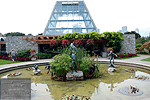
A view of the
pond at the main entrance to the Floral Showhouse
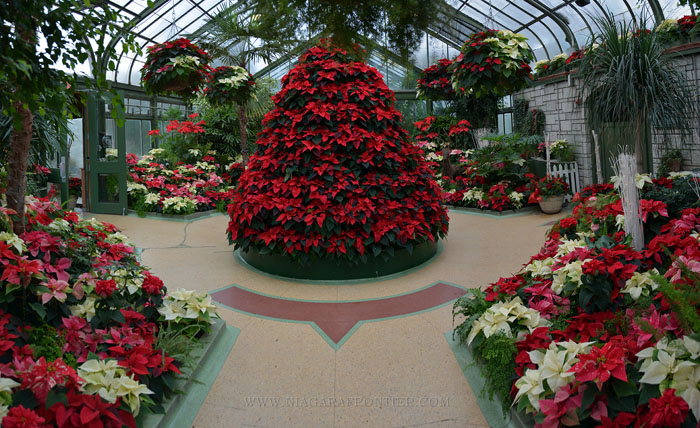
In June 1980, a spacious visitors reception
center and garden shop, complete with modern washrooms was attached to the front
of the existing show houses. The structure of glass, wood and stone covered
5,625 square feet, with the central glass dome rising to 40 feet permitting the
growing of full size palm and other tropical plants. The visitor center has a
seasonal orchid display amongst a backdrop of water and tropical plants.
Tropical plantings are used in combination with all of the floral displays. In
addition to the seasonal shows much effort is put into the design and
maintenance of the tropical plant collections. The orchid collection is
comprised of over 400 plants which provide a year-round floral exhibition.
Tropical birds are free flying throughout all the display houses.
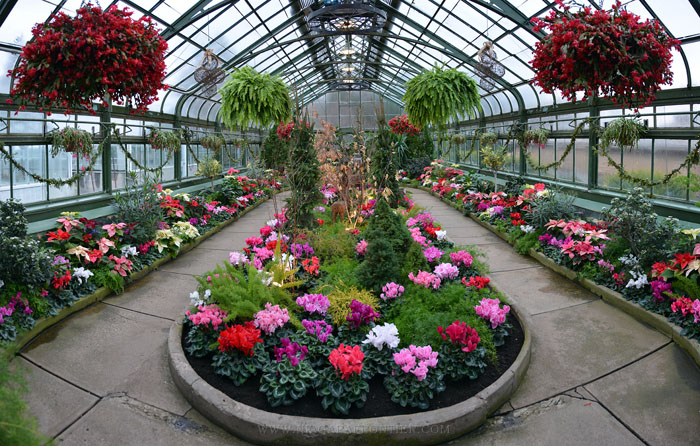
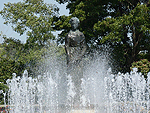
The fountain
outside the Floral Showhouse
Today, the Niagara parks Commission
greenhouses provides approximately 175,000 annual and perennial plants for transplanting
within the Niagara Parks. The greenhouses feature nearly 6,000 plants on exhibition.
In 2002, the Niagara
Parks Commission built a two acre experimental outdoor Mosaiculture Garden
at
the greenhouse facilities and gardens. It cost an estimated $1 million dollars.
The Mosaiculture gardens was discontinued at the beginning of 2003. It was not a
financial success.
The remaining gardens continue to
exist today as part of the floral greenhouse/showhouse, displaying many annual
and perennial flowers throughout the outdoor growing season.
In 2006, the Niagara Parks Greenhouses
celebrated its 60th Anniversary. To commemorate this anniversary, the Niagara
Parks Greenhouse was renamed the Niagara Parks Floral Showhouse.
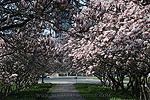
Magnolia
Blossoms lining a sidewalk at the Floral Showhouse
December 13, 2011 - NPC Media release
Cullen Miniature
Village finds new home at Niagara Parks Commission Botanical
Gardens
NIAGARA FALLS, ON – The Cullen Miniature Village,
which has delighted hundreds of thousands of visitors at its
former location in the Durham Region, has found a new home
in The Niagara Parks Commission’s (NPC) Botanical Gardens.
“Our
Botanical Gardens will be the perfect site for the Miniature
Village,” stated NPC Chair Janice Thomson. “The village was
originally developed for a botanical setting and they were
intended to be viewed by audiences of all ages; our
Botanical Gardens, with the Butterfly Conservatory right
next door, will be the perfect home for this collection”.
The village
is made up of 182 separate items, including the main
village, cottage country, a train system, fairground, Santa
Claus parade, and miniature accessories. The City of Oshawa
purchased the village for $239,000 following the closure of
Cullen Gardens. It has remained in storage ever since. NPC
will pay the City of Oshawa $20,000 a year, over a five year
period for the collection, starting in 2013.
“This is a
wonderful addition to the Parks and will provide visitors
with yet another compelling reason to visit Niagara Parks
and Niagara. This was a much-loved attraction when it was
part of the former Cullen Gardens and we believe that it
will become an even greater attraction here,” Thomson said.
Once the village is refurbished and reassembled by NPC it
will be put on public display in 2013. NPC has also pledged
to erect a plaque identifying the important role the City of
Oshawa played in keeping this unique collection intact for
the public.
According to
Oshawa Mayor John Henry, the planned move of the Cullen
Miniatures to its new home at The Niagara Parks Commission’s
(NPC) Botanical Gardens, celebrates a great man and
visionary, Mr. Len Cullen. By keeping the collection intact,
the City of Oshawa and NPC collectively bring new life to
this treasured miniature heritage collection. “I look
forward to visiting The Niagara Parks Commission’s Botanical
Gardens to celebrate together the collection’s rebirth in
one of Canada’s natural wonder locations. This is a fitting
tribute to the creator of the collection,” said Mayor John
Henry.
|
NIAGARA
FALLS THUNDER ALLEY NAVIGATOR |
|
|
|
|
|
SITE MAP |
Date last updated:
December 10, 2014
THANK YOU FOR VISITING
The
Niagara Parks
Floral Showhouse
PAGE

